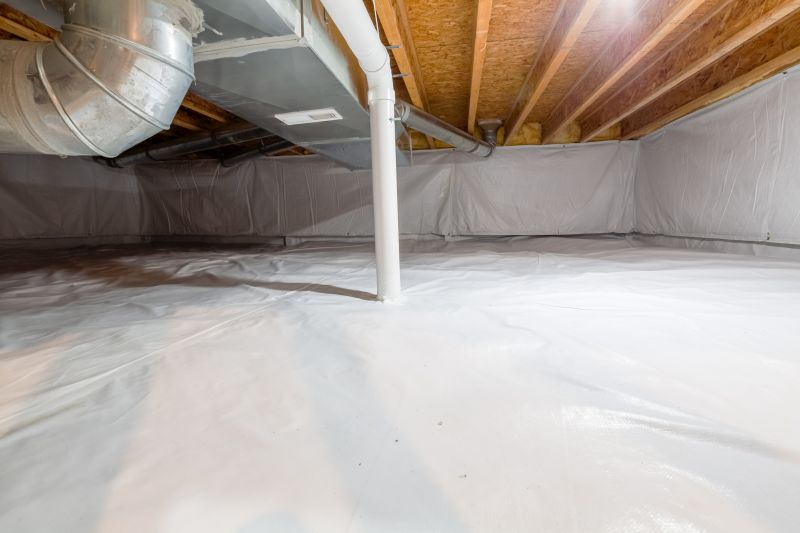Affordable Crawlspace Insulation Options
Crawlspace encapsulation is a critical process that involves sealing and insulating the crawlspace to prevent moisture intrusion, improve air quality, and enhance home energy efficiency. Proper encapsulation can significantly reduce the risk of mold growth, wood rot, and pest infestations, contributing to a healthier living environment.
Encapsulation reduces moisture levels in the crawlspace, preventing mold growth and wood decay. Studies show that properly sealed crawlspaces can decrease humidity by up to 50 percent.
Sealing the crawlspace minimizes air leaks, leading to lower heating and cooling costs. Homes with encapsulated crawlspaces often see energy savings of 10-15 percent.
Encapsulation limits mold spores and allergens from entering the home, improving indoor air quality and reducing allergy and asthma symptoms.
A sealed crawlspace deters pests such as rodents and insects, which can cause damage and carry diseases.




Failure to encapsulate a crawlspace can lead to serious issues. Unsealed crawlspaces are prone to moisture buildup, which can cause mold growth that affects indoor air quality. Additionally, excess humidity can lead to wood rot and structural damage over time. Pest infestations become more likely in unsealed spaces, increasing the risk of property damage and health concerns. Without proper encapsulation, energy costs may rise due to air leaks and inefficient insulation, leading to higher utility bills.
| Issue | Potential Consequences |
|---|---|
| Moisture Intrusion | Mold growth, wood rot, structural damage |
| High Humidity | Increased energy costs, uncomfortable indoor environment |
| Pest Infestations | Property damage, health risks from pests |
| Poor Indoor Air Quality | Allergies, respiratory issues |
| Energy Loss | Higher utility bills, reduced home comfort |
| Structural Damage | Costly repairs and compromised home integrity |
| Decreased Home Value | Reduced property appeal and market value |

